UI/UX & Product Design for SaaS
SaaS Product UI/UX Designer for B2B companies
👋 Hi, I’m Prince Pal. I help B2B SaaS companies craft intuitive and visually appealing product designs that encourage user loyalty & retention.
UI/UX Design Solutions for SaaS Founders
How I’ll help your SaaS company

UI/UX for Web & Mobile Apps
Need help transforming your web application, dashboard, or mobile app? I specialize in revamping outdated, clunky software into sleek, modern, and user-friendly designs that enhance functionality and user engagement. Let’s elevate your product!
- Developer-ready High-Fidelity Prototyping in Figma
- UI/UX Auditing & Consulting
- Generative AI Artwork Design Services & more
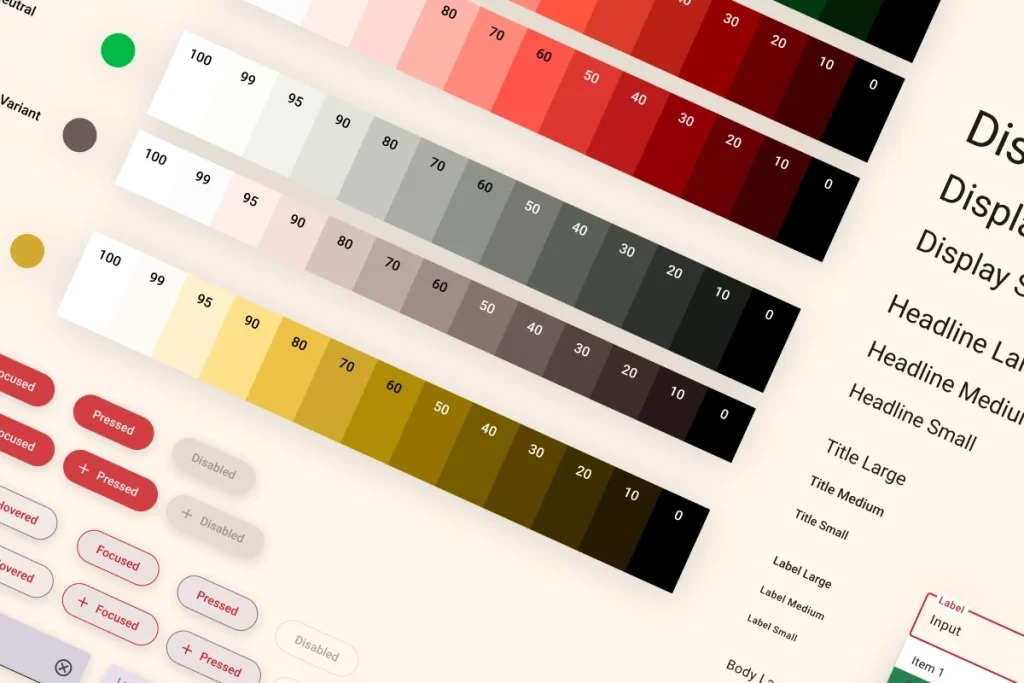
Design Systems
I can craft a scalable design system for your product, empowering your team to deliver consistent value as you grow. Streamline your workflow and ship better user experiences faster.
- Custom Design System Creation
- Component Library Development
- Brand Identity Integration
- Accessibility and Inclusivity
- Continuous Support and Updates
- Training and Onboarding

Landing Pages
Are you having trouble with conversion rates? I can revamp your landing and marketing pages with a fresh, modern design that grabs attention and drives results.
- Boost Your Conversion Rates
- Acquire High-Quality Leads
- Maximize eCommerce Profits
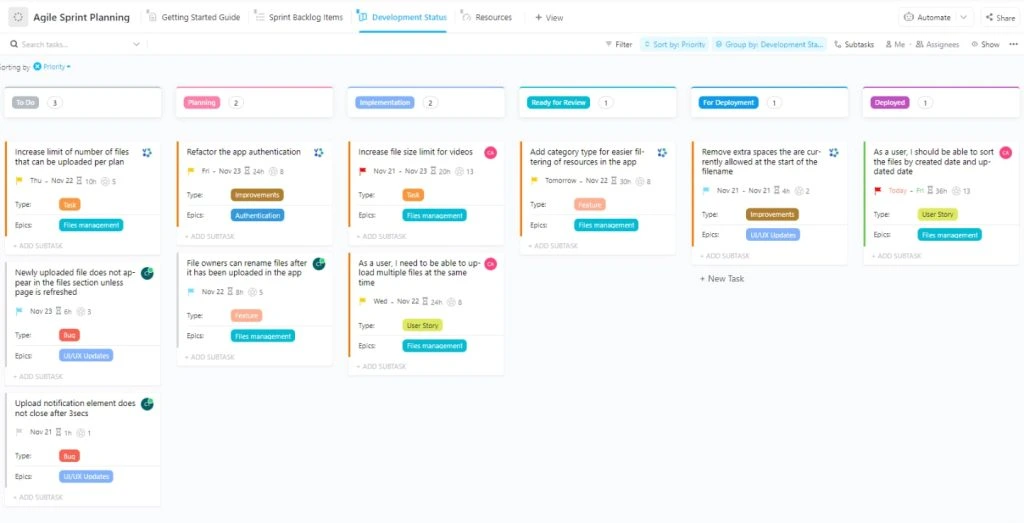
Continuous Design Deliverables
Need help aligning design with development? I can create tailored workflows and systems for seamless design implementation.
- User story writing for engineers
- Weekly sprint planning
- Usability testing and suggest post-launch changes
SaaS Products Designed By Me
I have designed over 50+ SaaS app UI/UX designs for various industries, such as Telehealthcare, Food/Grocery, eCommerce, Logistics, and education.
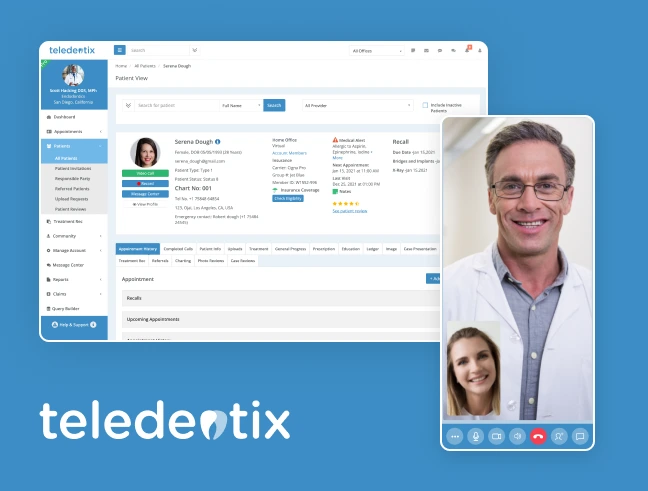
Teledentix
I designed the Teledentix telehealthcare SaaS app (Mobile/Web) UI/UX for patients and providers. With the Teledentix App, a patient can book a virtual appointment with a dentist in a few seconds, anywhere in the USA.
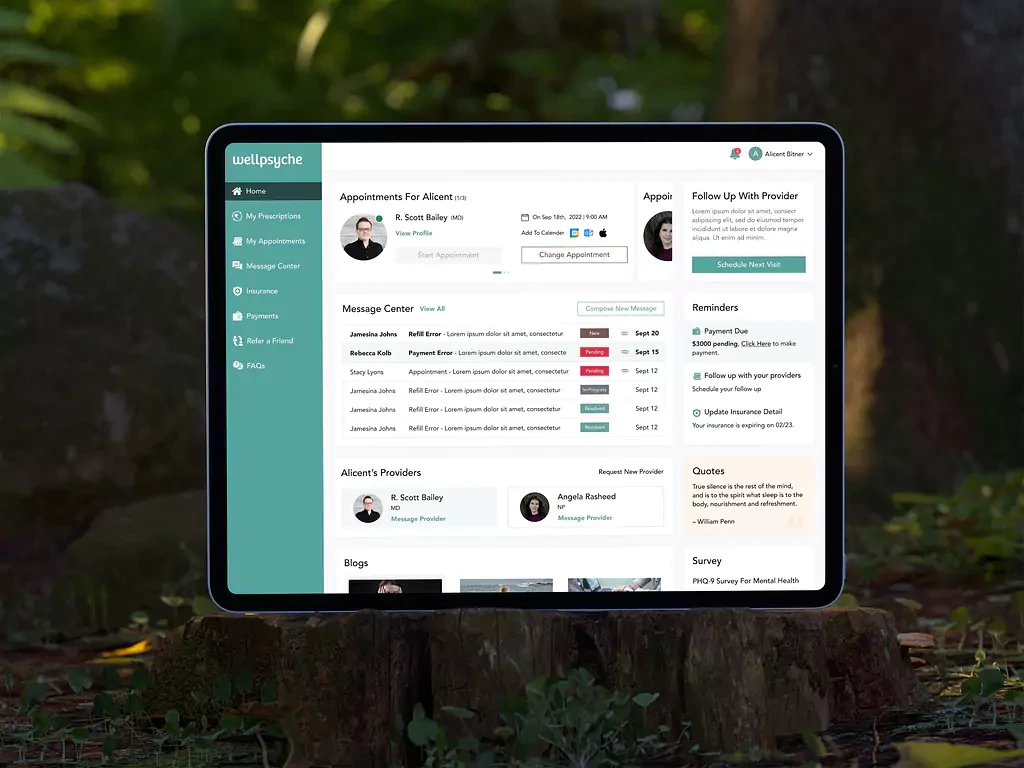
WellPsyche
I designed this telehealthcare SaaS app UI/UX to simplify mental health, enabling patients to book the best mental healthcare. With WellPsyche, patients can book a virtual appointment and request prescriptions with a psychologist in a few seconds, anywhere in the USA.
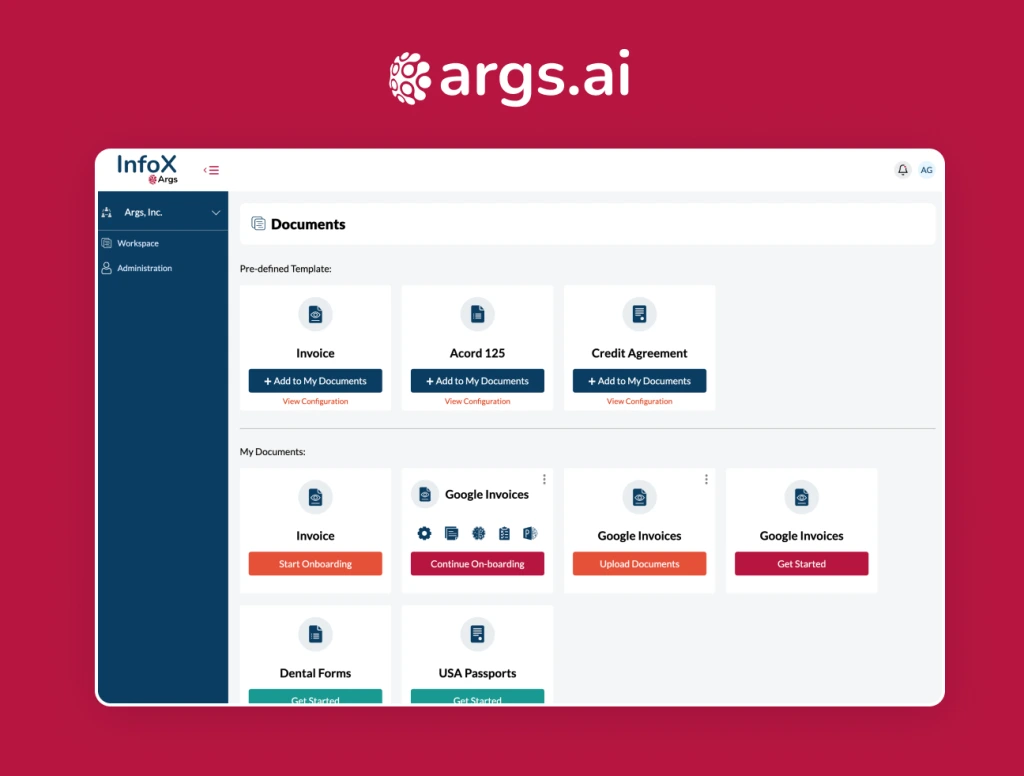
Args.ai
I designed this machine learning SaaS app. With this Args AI, a user can process an unstructured document into a structured document. I provided UI/UX Design, front-end development, and Branding services.
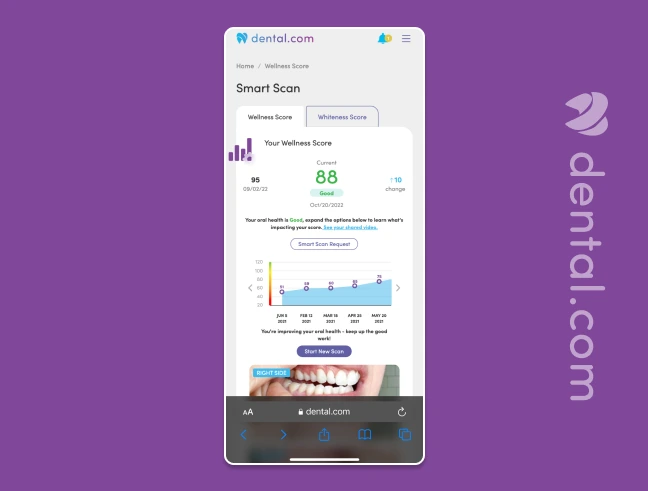
Dental.com
This is a fully patient-centric web application I designed with a mobile-first approach. On dental.com, patients can book a virtual appointment, manage their dental health records, get a second opinion, and more.
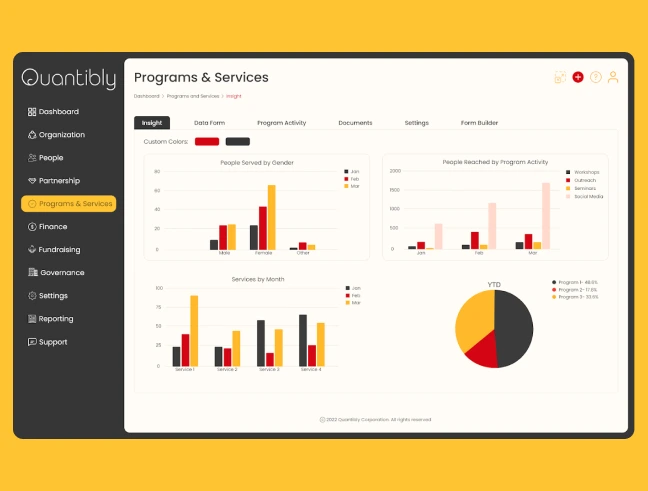
Quantibly CRM
I designed Quantibly, a SaaS app UI/UX that offers on-demand data for the nonprofit lifecycle. For this web application, I created high-fidelity prototypes for various modules, such as governance, people management, finance tracking, monitoring an NGO’s programs and services via free forms, and more.

Frontline Data Solutions
Frontline Data Solutions (FLdata) provides customizable and easy-to-use Environment, Health, and Safety (EHS) software to help small and large companies improve safety performance. As a contract product designer, I enhanced their digital products, ensuring they were visually appealing and functional across web and mobile platforms.
Does this sound familiar?
Are you facing these common B2B SaaS challenges?
😩 Confusing, Unfriendly User Experience
Users struggle to navigate your product, leaving them frustrated and more likely to abandon it.
😩 Outdated, Unprofessional Design
Your product’s look is outdated compared to modern competitors, making it seem less credible.
😩 Need for New Features and Ideas
You have exciting feature ideas but need skilled design support to make them a reality.
😩 Trouble Converting Trial Users
Your trial users aren’t converting to paying customers, and you’re unsure what’s keeping them from doing so.
😩 Full-Time Designer Out of Budget
A design overhaul is needed, but hiring a full-time designer isn’t an option right now.
😩 Past Experiences with Unreliable Designers
Previous designers delivered mediocre work or missed deadlines, and now you need someone dependable.

Meet your Product Design Strategy Partner
Hi, I’m Prince Pal, a B2B SaaS Product Designer.
I specialize in UX/UI design for B2B SaaS, creating user-friendly and attractive designs that keep people returning to your product.
I know how frustrating it is to lose users because of poor design. It’s expensive, takes time, and can slow your product’s growth.
I’ve been lucky to work with top companies like Accenture, Virtual Dental Care, and Frontline Data Solutions. After launching more than fifteen SaaS products, I focused on what I love most: helping SaaS companies improve their products.
Check out my portfolio and use my contact form to learn how we can make your product stand out.
What are B2B and B2C companies?
Let’s briefly define the main distinction between B2B and B2C before discussing the marketing aspects of these two types of transactions.
A business partnership involving at least two firms is called business-to-business (B2B). This can apply to small, medium-sized, or large organizations. An example of B2B is a chipset maker selling to other businesses. Consumers.
A business connection involving at least one individual customer and one business is called business-to-consumer (B2C). A travel agency that offers flights to individual customers is an example of B2C.
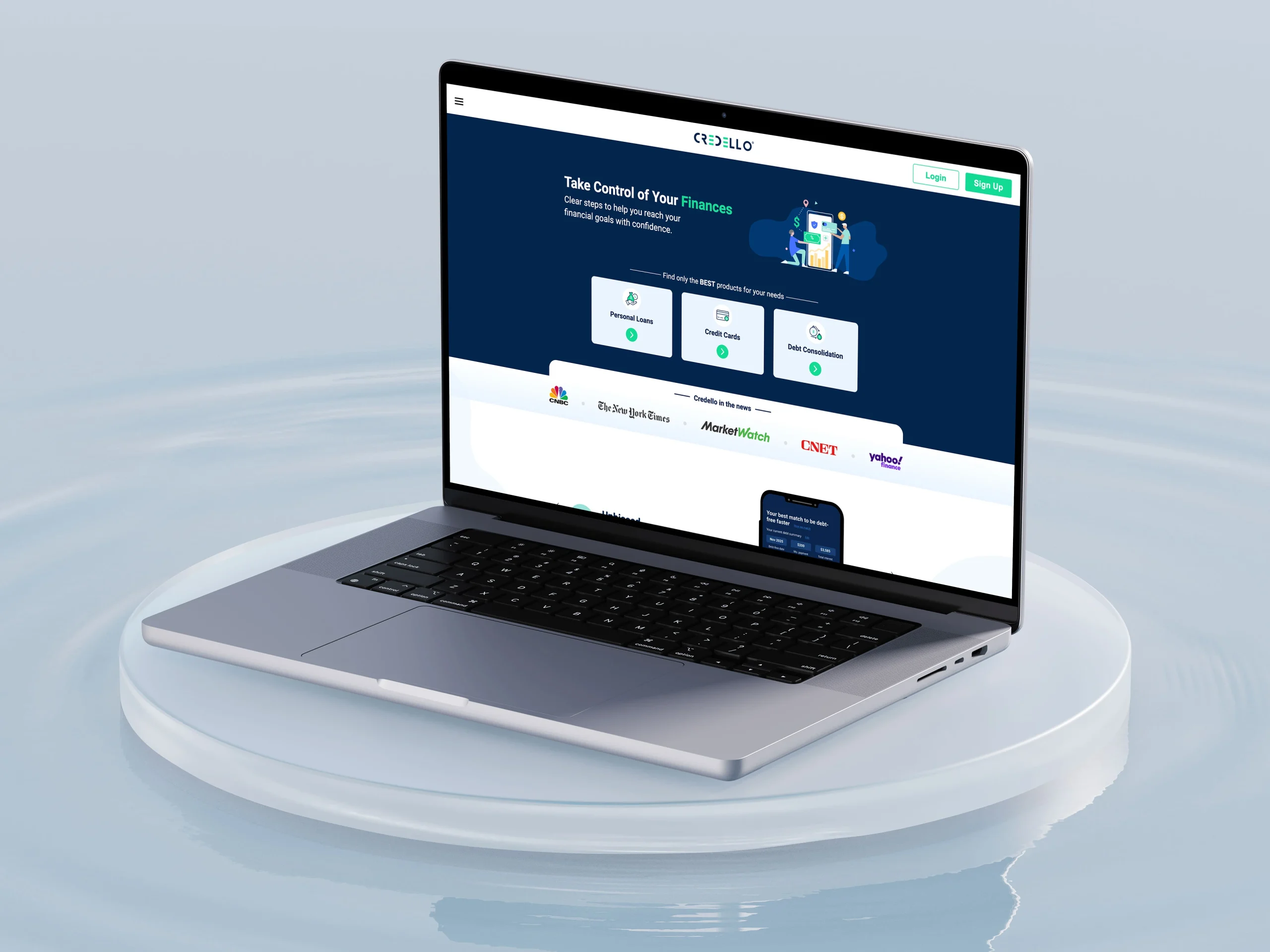
What is a SaaS application?
SaaS stands for Software-as-a-Service. It refers to a software licensing and delivery model in which software is provided over the Internet rather than installed locally on a user’s computer or server.
SaaS applications are accessed via the internet and are typically multi-tenant, meaning multiple users or organizations can share the same software instance while maintaining separate data and configurations.
SaaS applications are centrally managed, with updates, maintenance, and technical support provided by the service provider. Users typically do not have to worry about infrastructure, hardware, or software maintenance, as the SaaS provider handles these responsibilities.
SaaS applications are popular in various industries and are used for a wide range of purposes, such as customer relationship management (CRM), human resources management (HRM), project management, enterprise resource planning (ERP), collaboration and communication, and many other business functions.
They are also commonly used in personal productivity applications like email, document collaboration, and file storage. SaaS applications offer the advantages of accessibility, scalability, and ease of use. Users can typically access them from anywhere with internet access on various devices, such as desktop computers, laptops, tablets, and smartphones.

What is UI UX?
I will help you define human-centered design in your company over the long term and quickly and comprehensively determine its UX maturity level.
I recommend changing your company’s UX culture and processes to improve cooperation between UX designers, managers, developers, and stakeholders. The Design Thinking model provides the confidence to tackle the right things to develop a UX-driven company.
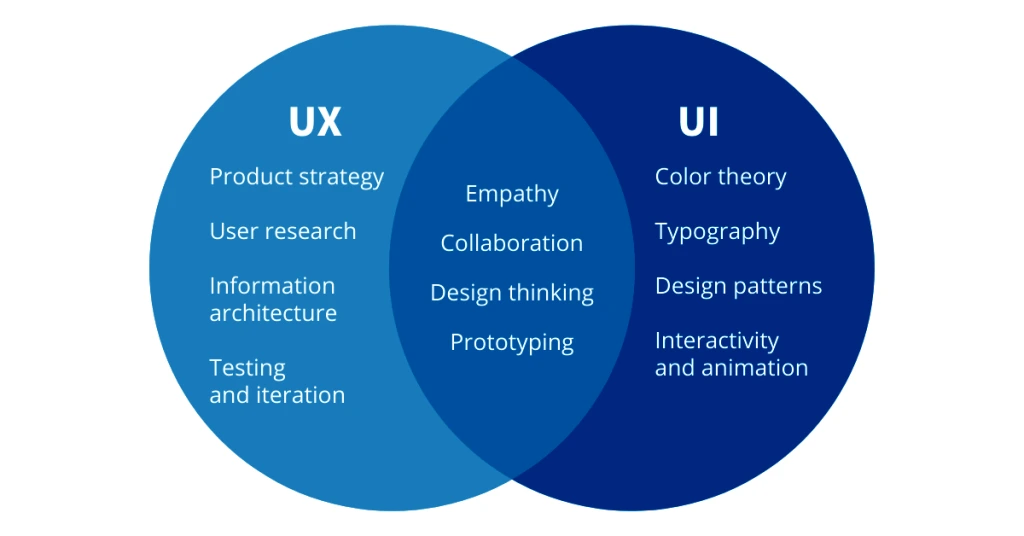
What is the SaaS business model, and how does it work?
Companies can adopt several different SaaS business models, depending on their specific goals, target market, and pricing strategy. Here are some standard SaaS business models:
1. Subscription-Based
In this model, users pay a recurring subscription fee to access and use the SaaS application. The subscription fee can be based on various factors, such as the number of users, the level of usage, or the features and functionality provided. This is one of the most common SaaS business models, where customers typically pay monthly, quarterly, or annually for ongoing access to the software.
2. Freemium
In the freemium model, the basic version of the SaaS application is free, but premium features or additional functionality are offered at a cost. This allows users to try out the basic version of the software before deciding to upgrade to a paid plan for enhanced features or capabilities. The freemium model can be an effective way to attract users and drive adoption while also generating revenue from premium offerings.
3. Usage-Based
In this model, users pay based on their actual usage of the SaaS application, such as the number of transactions, data storage, or compute resources consumed. The pricing can be tiered based on usage levels, with higher usage levels incurring higher costs. This model is commonly used in SaaS applications that provide services such as data processing, data analytics, or other resource-intensive operations.
4. Tiered Pricing
The tiered pricing model offers different plans with varying features, functionality, or usage limits. Customers can choose the tier that best fits their needs and budget, and they can upgrade or downgrade as their requirements change. This model provides flexibility to customers while allowing the SaaS provider to capture different market segments with varying pricing options.
5. Enterprise/Custom Pricing
In some cases, SaaS providers may offer custom pricing or enterprise plans tailored to the specific needs of large organizations. These plans may include additional features, customization options, or dedicated support and services and are typically negotiated on a case-by-case basis. Enterprise pricing can be higher and may involve longer-term contracts or additional services beyond the core SaaS application.
6. White Label/Reseller
In the white-label or reseller model, SaaS providers offer their software as a white-labeled solution that can be rebranded and resold by other businesses. This allows resellers to customize the SaaS application with their branding while the SaaS provider handles the underlying technology, infrastructure, and updates. Resellers typically earn revenue through pricing and sales strategies, while the SaaS provider receives a share.
As a SaaS Product UI/UX Designer, I can help you solve common issues
When approaching a competitive industry where it is already challenging to keep clients, it is crucial to be aware of potential problems that can arise throughout the SaaS product’s creation:
- Associating With Users— To learn more about users, I always conduct user research and market analysis. This practice helps me understand users’ pain points and create customer-friendly subscription plans.
- Intuitive Dashboard Designs— A SaaS dashboard provides the user’s first impression of a company’s software. The dashboard greets people, offers access to helpful information, and updates them after they log in. My designed SaaS dashboards help consumers be aware of the new dashboard and reach their desired product area within the normally expected time frame.
- Consolidating Intuitive User Behaviour— I introduced user navigational interfaces if consumers are unfamiliar with the SaaS app design.
- Data Visualisation— I help consumers be aware of all the data visualization modifications made as part of the SaaS UX design, which can resolve all UX issues.
- Different Entries And Exits— Multiple entries and exits can potentially confuse users. I help them understand the task flow through easy-to-navigate UI design.
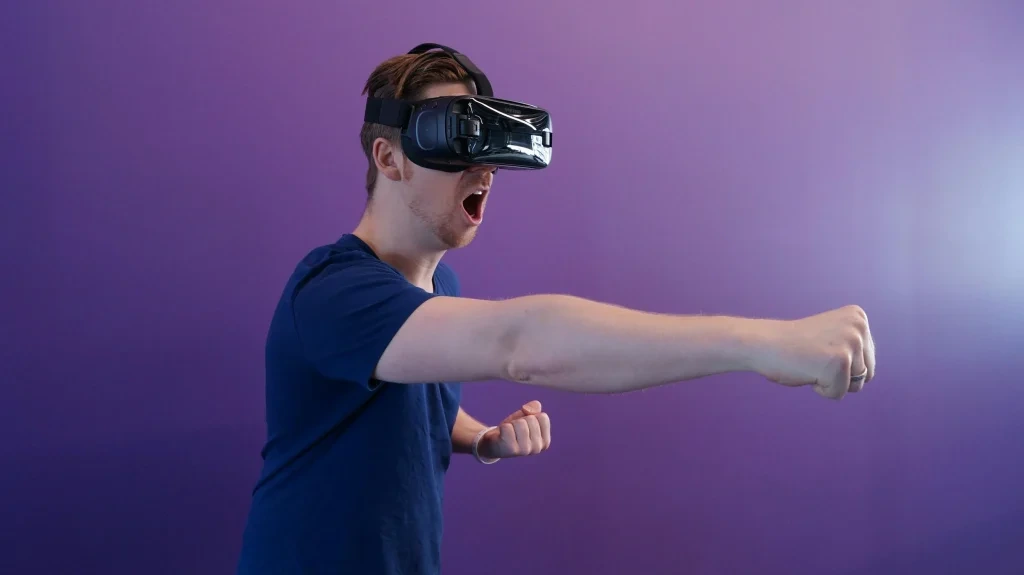
“Customers won’t care about any particular technology unless it solves a particular problem in a superior way.”
~ Peter Thiel, Co-founder – PayPal
UX training – With positive employees = positive and good user experience.
Recently I conducted a UI/UX Workshop (Virtual) at Lovely Professional University with Faculties of Multimedia and Fashion Technology. In this workshop, I talked about the UI/UX process step by step. I also explained how to do the Remote User Research and Remote Usability Testing for outsourced projects from the USA, Canada, or Europe.
Are you frustrated with losing customers because of an outdated design?
Let’s collaborate to enhance your product’s design. I work with a limited number of clients, so contact me today before my availability runs out!
I am currently accepting new clients.